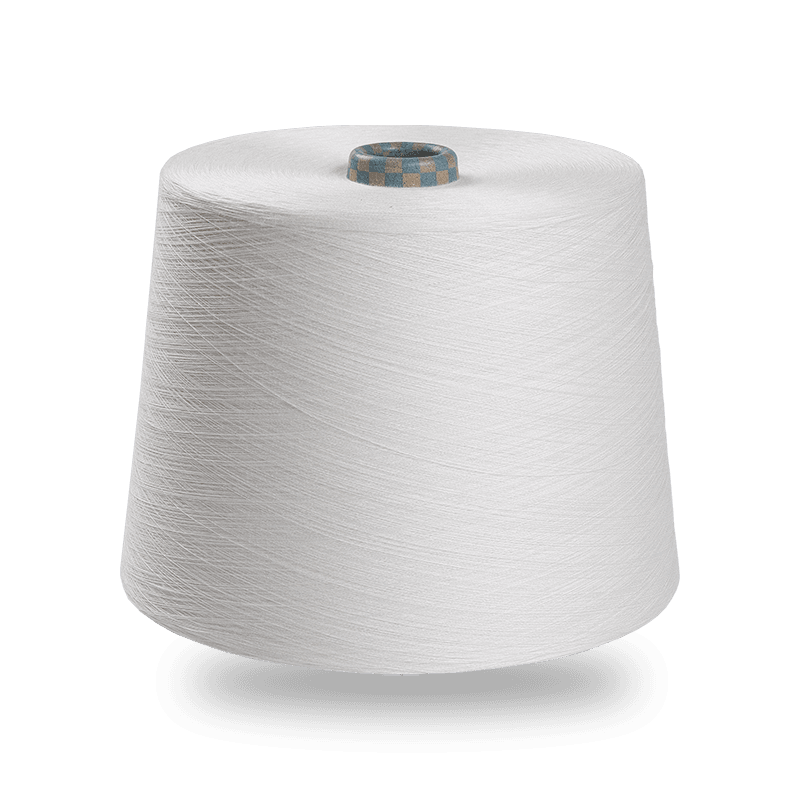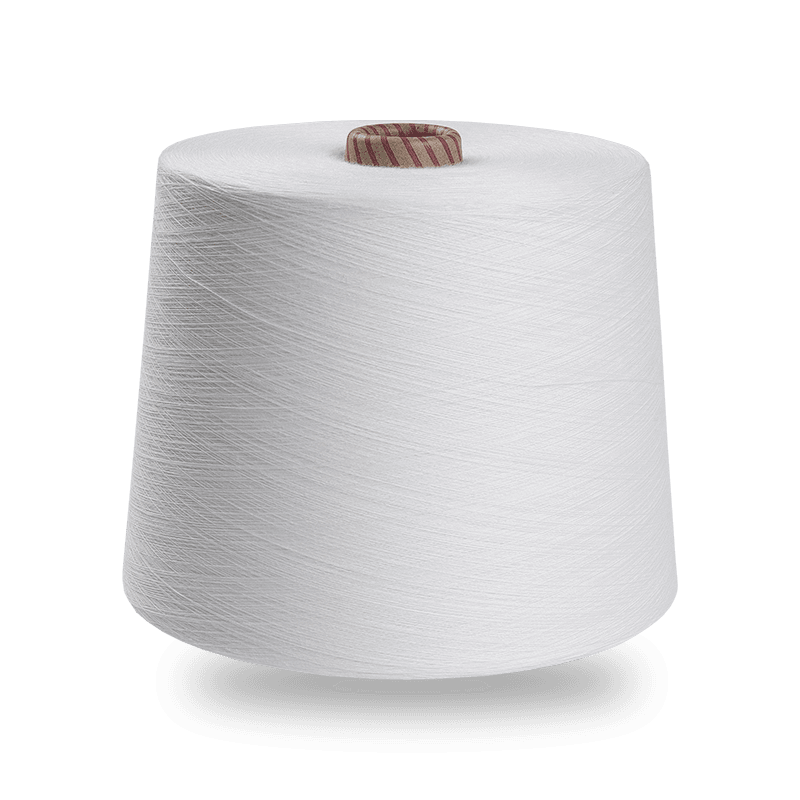In the ever-evolving landscape of textile manufacturing, sustainable practices have become a pivotal focus, driven by the imperative to reduce environmental impact while enhancing operational efficiency. Within this context, ring spinning—a traditional yet continually innovated method—has emerged as a cornerstone of sustainable textile production. Let's explore how sustainable practices associated with ring spinning are benefiting the textile industry.
1. Energy Efficiency and Optimization
Ring spinning machines have undergone significant advancements in energy efficiency. Modern machines are equipped with high-efficiency motors and advanced control systems that optimize energy consumption during yarn production. These innovations not only reduce operating costs for spinning mills but also lower the carbon footprint associated with energy-intensive manufacturing processes. By minimizing energy consumption per unit of yarn produced, ring spinning contributes directly to sustainable resource management.
2. Reduction in Material Waste
Efforts to minimize material waste are integral to sustainable manufacturing practices in ring spinning. Advanced technology allows for precise control over spinning parameters, which results in fewer yarn breakages and end breaks. This means higher yarn utilization rates and reduced waste generation throughout the spinning process. Moreover, innovations in machine design and maintenance have enhanced the durability of spinning components, further decreasing material waste and prolonging the lifecycle of equipment.
3. Water and Chemical Management
Water and chemical management practices in ring spinning play a crucial role in sustainable textile production. Spinning mills are increasingly adopting closed-loop systems that recycle water used in various stages of yarn production. This not only conserves water resources but also minimizes the discharge of wastewater into the environment. Additionally, advancements in chemical dosing technologies ensure precise and efficient use of chemicals, reducing both consumption and environmental impact. Sustainable chemical choices, such as eco-friendly dyeing agents and finishing treatments, further contribute to minimizing the ecological footprint of ring-spun yarn production.

4. Quality Improvement and Downstream Benefits
The high-quality yarn produced through ring spinning inherently supports sustainability efforts downstream in the textile manufacturing chain. By delivering yarn with superior strength, smoothness, and uniformity, ring spinning reduces the need for excessive processing and finishing treatments. This not only saves resources but also decreases energy consumption and chemical usage associated with downstream manufacturing processes. Consequently, the environmental benefits extend beyond the spinning mill, positively impacting the entire textile value chain.
5. Worker Safety and Well-being
Sustainable practices in ring spinning encompass ensuring safe and healthy working conditions for employees. This involves adherence to strict safety standards, ergonomic improvements in machine design, and comprehensive training programs for workers. By prioritizing worker safety and well-being, spinning mills not only foster a supportive work environment but also enhance operational efficiency and productivity.
6. Certifications and Industry Standards
Many Ring spinning mills that embrace sustainable practices seek certifications such as the Global Organic Textile Standard (GOTS) or OEKO-TEX Standard 100. These certifications validate compliance with stringent environmental and social criteria throughout the production process. By adhering to recognized standards, spinning mills demonstrate their commitment to sustainable practices and transparent operations, thereby enhancing consumer trust and market competitiveness.
7. Research, Innovation, and Future Directions
Continuous research and development in ring spinning technology are driving further sustainability improvements. Innovations focus on enhancing fiber recycling capabilities, developing biodegradable materials, and exploring alternative energy sources for spinning operations. These advancements underscore the industry's proactive approach to meeting evolving sustainability challenges and positioning ring spinning as a sustainable cornerstone of the textile industry's future.


 English
English 中文简体
中文简体 Español
Español عربى
عربى











